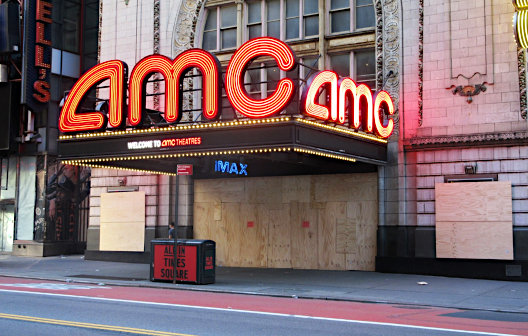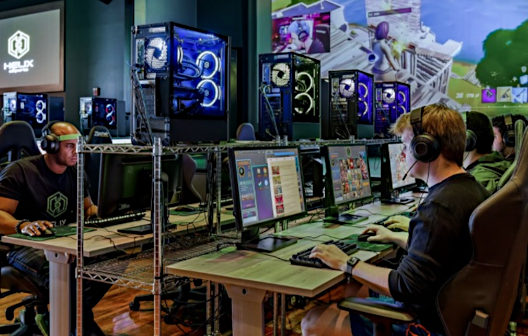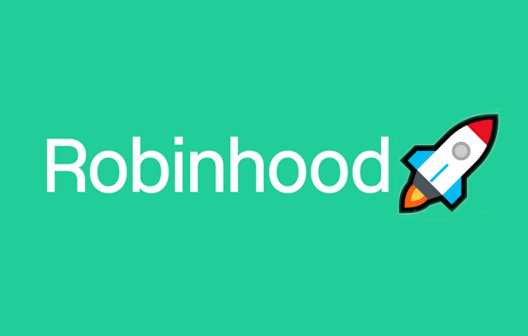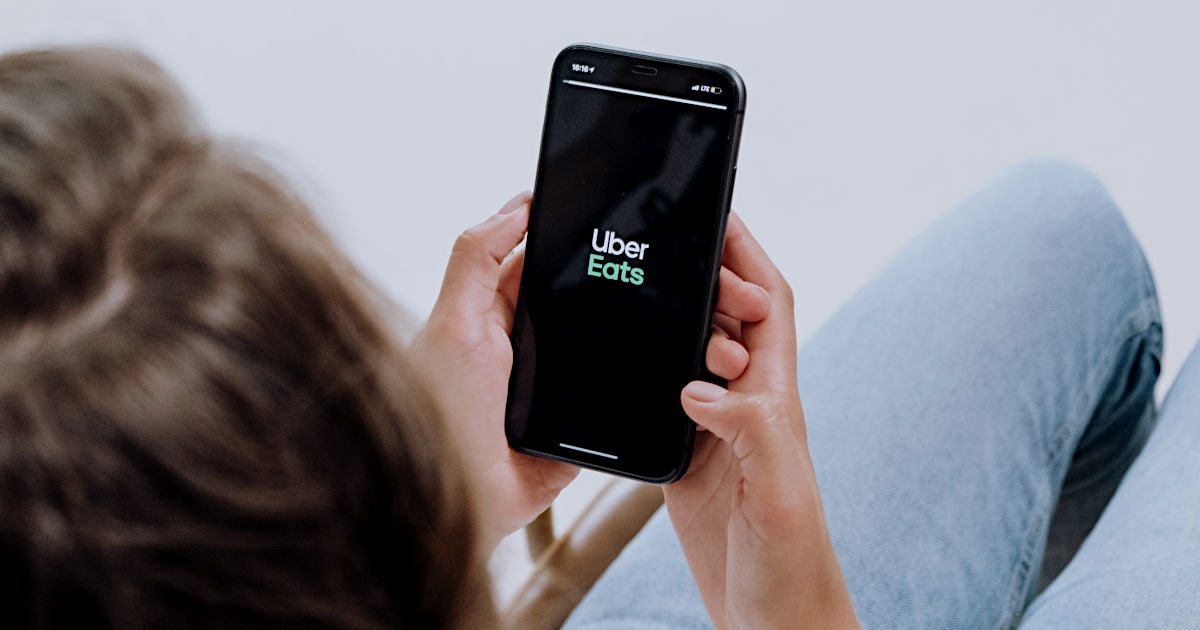Why Invest in UBER or HOOD and Other Companies That Have No Net Profit?
Platform capitalism, the business strategy that calls for amassing a war chest of cash through the public and private markets, has been on full display in recent weeks. The strategy usually has years of losses built into company operations. Robinhood’s IPO is a glowing example of a negative earning company with enthusiastic investors. Earnings season has shown a light on many other platform companies. UBER just reported they have taken in billions to overwhelm competition, they still haven’t turned a profit, but they hope to one day benefit from an almost monopolistic lead.
Examples
The work-from-home environment has not brought Slack Technologies ($WORK) out of the red. The company posted a net loss of $73 million in its second-quarter ending July 31. This is an improvement from the $360 million it lost in the same quarter last year. Slack’s top-line growth has been stalled. Revenue did increase 49% year over year in the second quarter, but this was a decline of 50% growth over Q1. Operating expenditures on many newer platforms are targeted to get the strongest foothold, especially by attracting valuable users. Slack seems to have reeled them in as losses declined by 46% during the second quarter.
Snap ($SNAP) went public in March 2017. There have since been 14 follow-up quarters, with only one in the black (2019). Only once has it posted a profit. That was back in the fourth quarter of 2019. During 2020, it reported a $96 million adjusted EBITDA loss during the second quarter. Last quarter Snap had seen its daily active user count grow by 17% year over year last quarter. While year-over-year revenue also grew by 17% last quarter, operating expenses grew 19%; revenue per user remained flat. The percentage increase in user accounts is expected to provide greater revenues down the road.
The biggest name in ridesharing (UBER) went public in 2019 with a $75 billion valuation. This places it as one of the highest value IPOs ever. The long-term potential of the concept and the strength of its platform keep investors interested. While back in February of 2020, management announced that it would cut costs to bring about better margins and profits, the reaction to Covid hurt this platform. The company was nimble during this period to grow its food delivery service by 103% in revenues, but that growth, advertising, and retraining the public was a costly investment in UBER’s future.
Robinhood who’s valuation isyo taking time to settle in after its disappointing IPO last week, and subsequent run-up posted preliminary second-quarter results, which detail its pace of business growth continuing. Robinhood is expecting revenue in a range of $546 million to $574 million, which would represent an increase of roughly 130% at the midpoint of its estimate; this would equate to a net loss of roughly $512 million.
Why are investors of companies like those above still enthusiastically holding shares? Many of the world’s most powerful and influential technology companies are either massively in debt or barely making a profit. Is this the same path that inflated prices during the dot-com bubble? Some of the world’s largest companies are running every year in the red. Twitter and Tesla are wildly successful, but only just profitable, while Spotify, with 180 million active users, announced a net loss of $461.4 million. Netflix has a debt of around $12 billion, and the number two ride-sharing platform Lyft reported an adjusted EBITDA loss totaling $73 million in the first quarter.
Why is Capital Available?
There is always rampant hype behind social media stocks. Where else can you get so much exposure and PR from fans of your product while they’re using your product? Also, investors know it is a long road and understand the build before the company is either acquired at a high price, profits on its own, or falters. Two out of three are very desirable. And the chance of owning the next stock that grows by hundreds or thousands of percent is real. Amazon.com ($AMZN) was unprofitable for 14 years after its 1997 initial public offering. Today it has FANG stock status. That’s the dream, coupled with the “buy something you know and use” theory, and the companies get their needed capital from small and large investors alike.
Take-Away
Most platform companies are in it for the long haul. If they attract the financial wherewithal to grow and outcompete, they have the potential to add their first letter to the list of FAANG stocks and generate uber-high market caps while partially ruling the world. For investors, the dream of getting in early on the next AMZN or the next AAPL also helps in the decision to own shares.
As a resource for discovering small stocks, and learning their potential, reviewing their numbers, and access to top-level equity research, Channelchek is an around-the-clock resource, at no charge by registering here.
Managing Editor, Channelchek
Suggested Reading
 Online Media is Within an Hour of Becoming Mainstream Media
|
 What’s the Future of Media Consumption?
|
 Esports Investors Now Better Able to Evaluate Stocks
|
 From Robinhood to Rocket $HOOD
|
Source:
https://www.marketwatch.com/investing/stock/snap
Stay up to date. Follow us:

|

